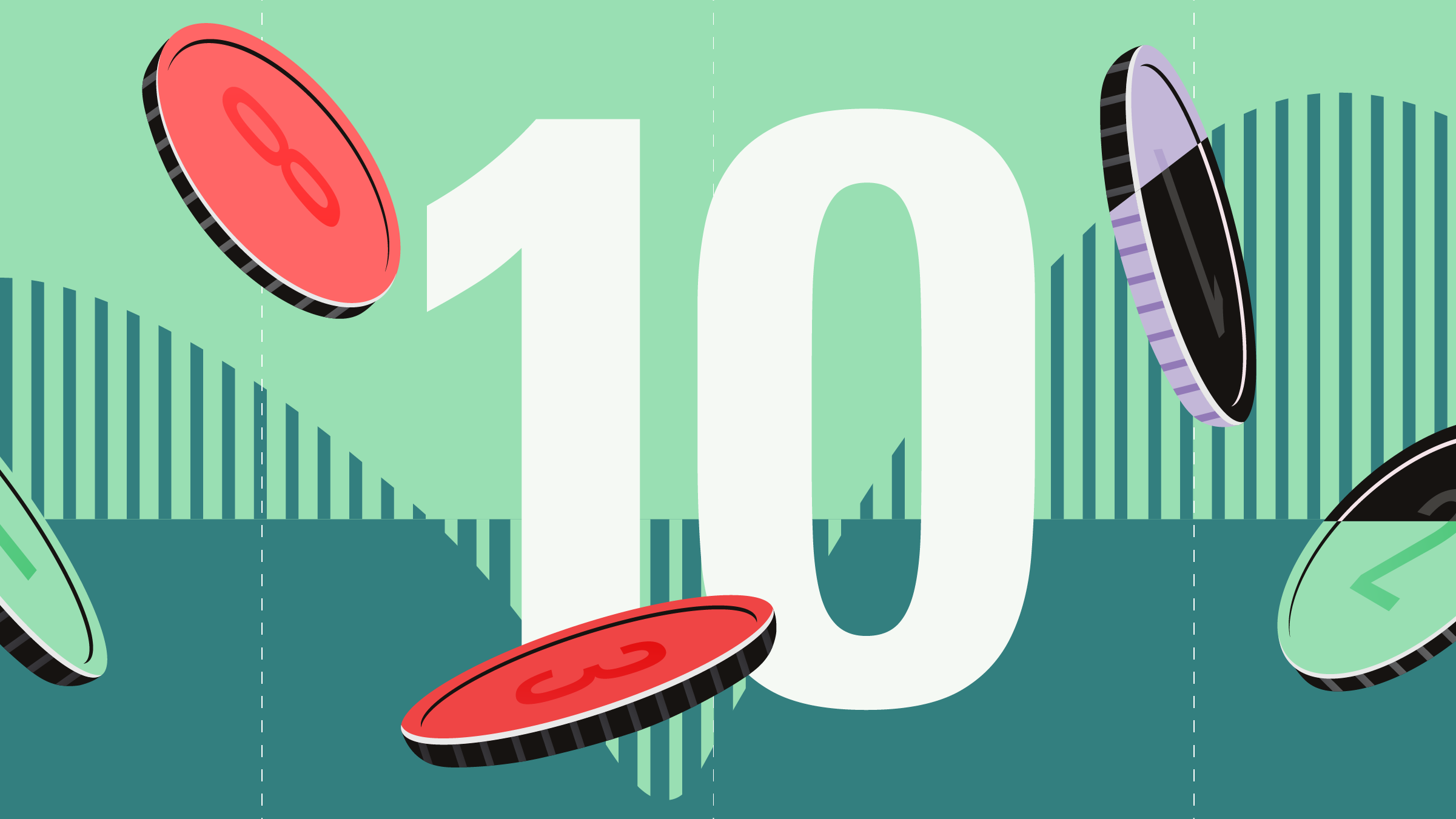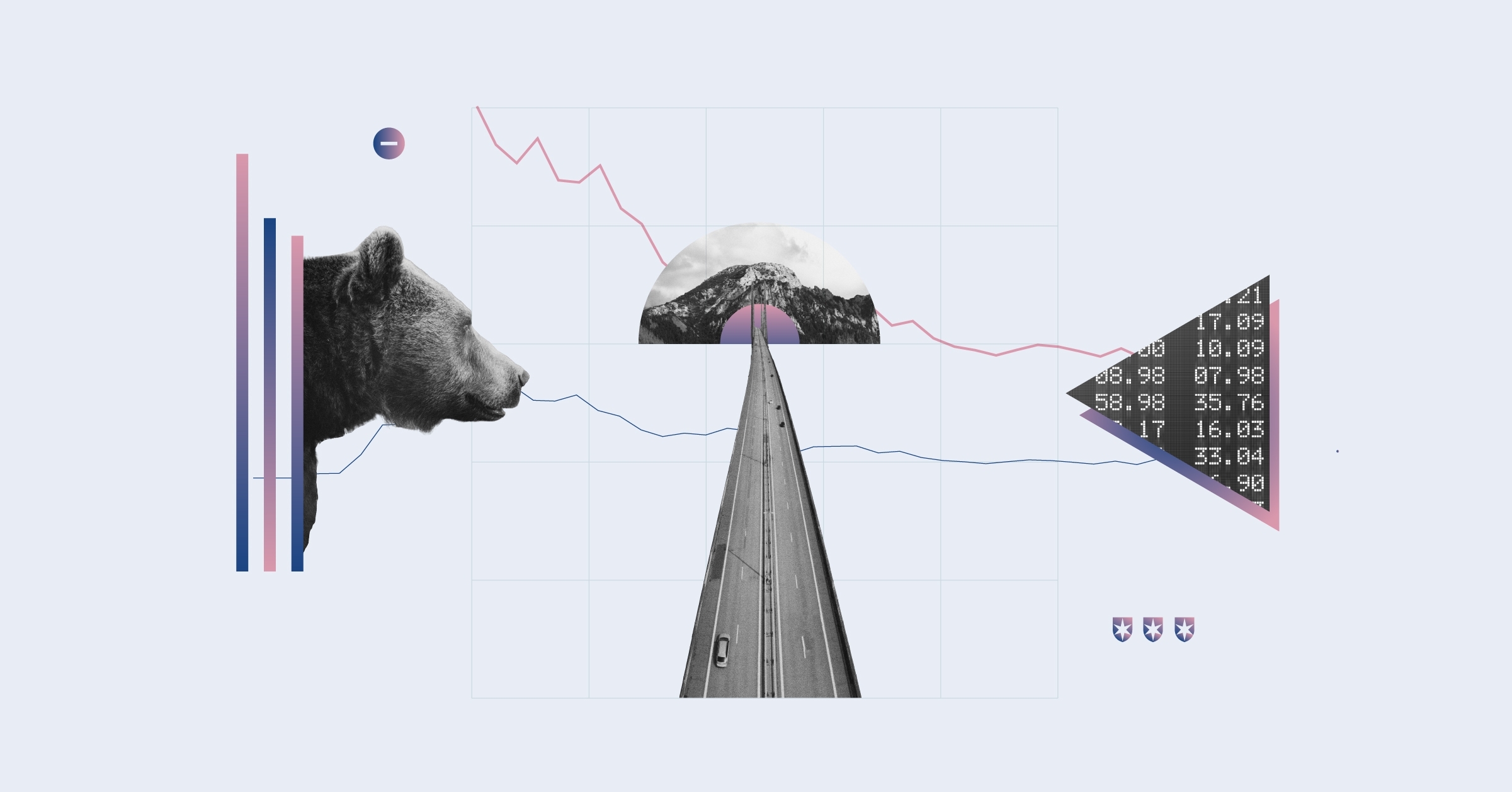
When picking funds, how do you know whether to go with an actively managed option or whether to pick a passive index fund? Should you put your trust in a star manager or go with the attractive low fees of a tracker? Not an easy choice.
So let’s say you’ve made your selection. You’ve picked an actively managed fund for UK equities. What are the odds of this fund outperforming its passive peers? And, what is the likelihood of this fund surviving in the long term without being merged with another fund? Morningstar’s analysts spend a lot of time thinking about these questions.
A report we call the Active/Passive Barometer measures the performance of active funds relative to their relevant passive peers. It looks at almost 30,000 unique funds, with around €10 trillion assets, across Morningstar’s Europe, Asia, Africa categories, about 75% of the total fund market, to find out how many funds are actually successful. In this case "success" means the funds has outlived its peers from the same sample period and generated a higher return than the average passive fund over the same period.
Passives Reign
And what has the barometer found? Overall, active funds’ long-term success rates are low. In fact, over the past 10 years, active funds’ success rates were less than 23% across two thirds of the surveyed categories. The majority of active funds both survived and outperformed their average passive peer in just three of 42 equity categories.
And it’s not just equity funds. Active funds' success rates in fixed income, allocation, and property categories have also been low. Over the past decade, less than a fifth have managed to both live and outperform their average passive peer in the 21 categories we studied.
When looking at the chart, it also becomes evident that funds’ success rates decline over time. According to Morningstar analysts Monika Dutt and Dimitar Boyadzhiev, it shows that the probability of picking an active fund that both lives and wins drops with longer investment periods.
Survival Aids Success
That said, active funds tend to fare better in some categories compared to others. Those in Global Equity Income, Hong Kong and Taiwan Large-Cap, as well as UK Equity Income and UK Mid-Cap Equity, have consistently outpaced their average passive peer. More than half the active funds available to investors in these categories 10 years ago both survived and outperformed their average passive peer over the ensuing decade.
The UK Large-Cap Equity category has a success rate of 42% over the past 10 years, and 25% over a 20-year period. However, the main issue in this category is fund survival. Survivorship rates for active funds decline significantly over time: about 93% of active funds survived over the trailing one-year period but only 36% survived over the trailing 20 years.
When looking at survival over the past decade, the percentage of active managers that both survived and outperformed across Global Large-Cap Blend and Europe Large-Cap Blend were 4.5% and 14.6%, respectively.
Dutt and Boyadzhiev explain that comparing mortality rates between active and passive funds shows that the latter have had better odds of surviving over the long term.
“Survivorship rates are positively correlated with odds for success. The biggest driver of active funds’ failure is their inability to survive, which is often a result of lacklustre performance," they say.
Focus on Fees
So what is the takeaway for investors? The first is to focus on fees, our analysts say. Compared to active funds, passive funds are usually significantly cheaper, making them difficult to beat over the long-term. Secondly, active managers have higher chances of success in certain categories over others.
Methodology
The Active/Passive Barometer evaluates active funds against a composite of passive funds, not versus a costless index. It assesses active funds based on their beginning-of-period category classification to better simulate the funds an investor would have chosen at the time. It also considers how the average unit of currency invested in various types of active funds has fared versus the average unit of currency in passive funds.





























